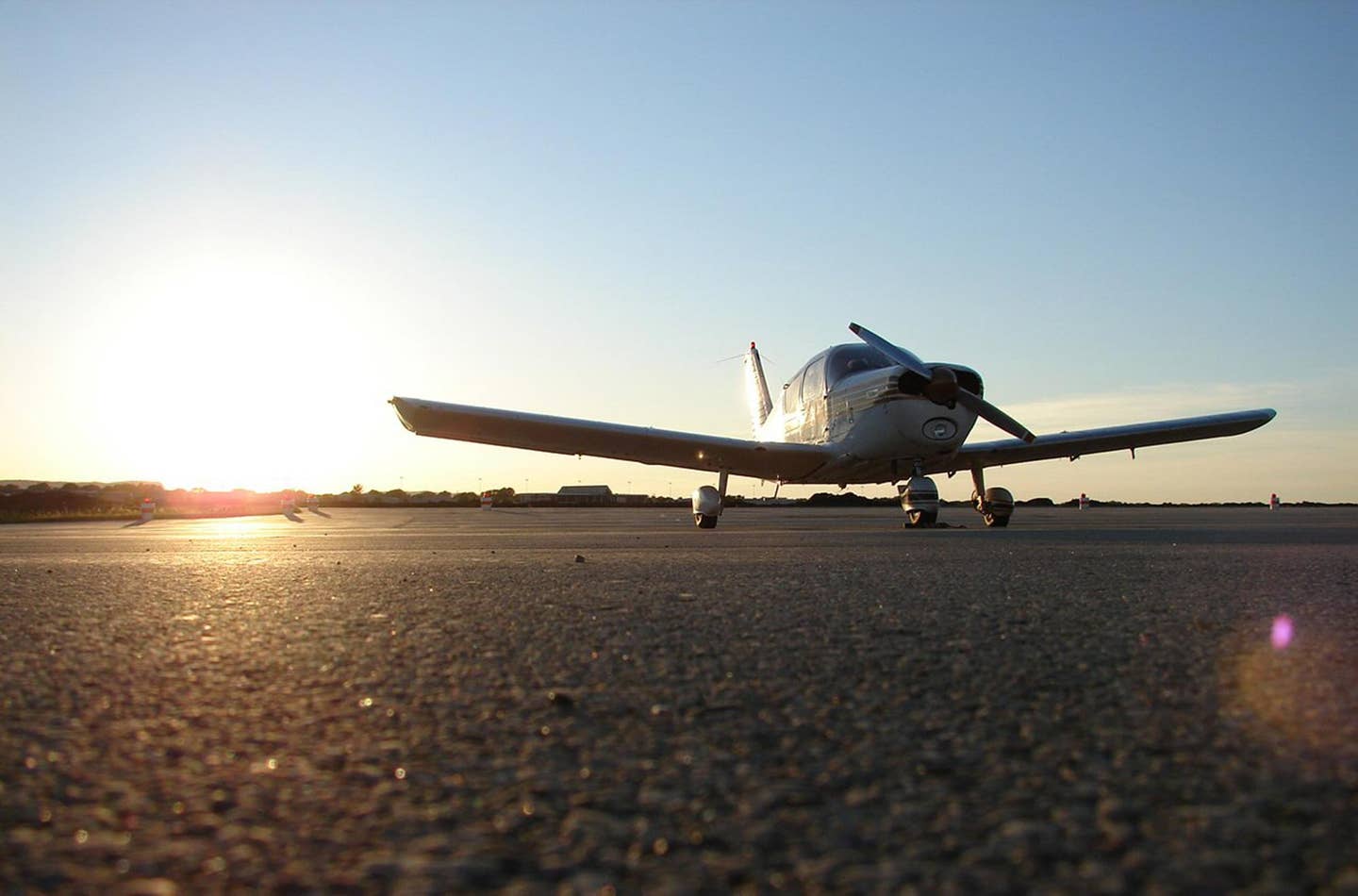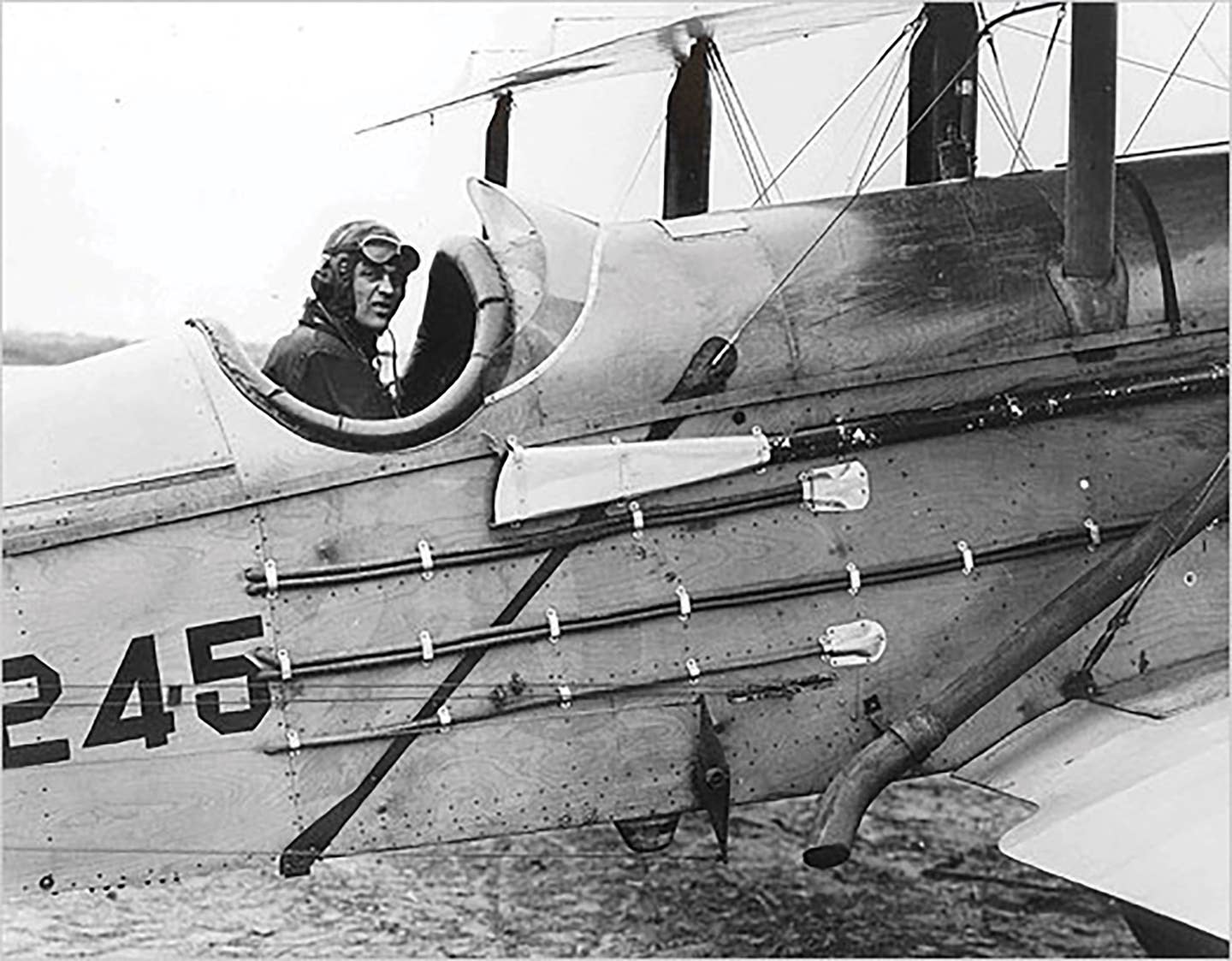Expensive Attempts
During all these years, Mooney Aircraft dabbled and dallied with projects that might improve its market position, including a proposed “Mark 22” twin based on the M20A, then a pressurized-cabin…

During all these years, Mooney Aircraft dabbled and dallied with projects that might improve its market position, including a proposed "Mark 22" twin based on the M20A, then a pressurized-cabin M22 Mustang single, which actually was certified; 29 were built from 1967 to 1970, but it was a financial disaster. A joint venture with Mitsubishi to assemble and sell the MU-2 turboprop failed, as did the company's acquisition of the Alon Aircoupe (Ercoupe) in 1967---it converted the eccentric Aircoupe into an M10 "Cadet" trainer, complete with a proper Mooney tailfin. The move resulted in few sales.
By 1969, the company was in financial trouble, leading to bankruptcy; it was bought in March 1969 by American Electronics Labs, which sold it to FBO chain Butler Aviation in December 1969. Butler had visions of creating an aircraft manufacturing empire by combining Mooney with Ted Smith's struggling Aerostar twin line. Mooney's airplanes acquired a tailcone stinger and a forward-protruding appendage on the top of the fin (the "Butler Buttonhook") and were henceforth referred to as "Aerostars." By early 1971, the Mooney plant was closed. Republic Steel Corp. bought the company in 1973, and production resumed in January 1974 once again as Mooneys, building the M20C, M20E and M20F.
Republic Steel brought in Roy LoPresti, who had cleaned up the Grumman Traveler to create the Tiger and Cheetah, to perform some aerodynamic magic on the Mooney Executive. It was a target-rich environment, with a blunt nose cowling, a straight-up "battering ram" windshield and considerable drag-producing protuberances under the wing. Through a series of nip-and-tuck smoothings, the staid old Mooney M20F Executive became the M20J, designated the "201," to reflect its top speed in miles-per-hour. The Al Mooney standard of one-mph-per-hp was back, at least as measured in the brochure.

Subscribe to Our Newsletter
Get the latest Plane & Pilot Magazine stories delivered directly to your inbox






